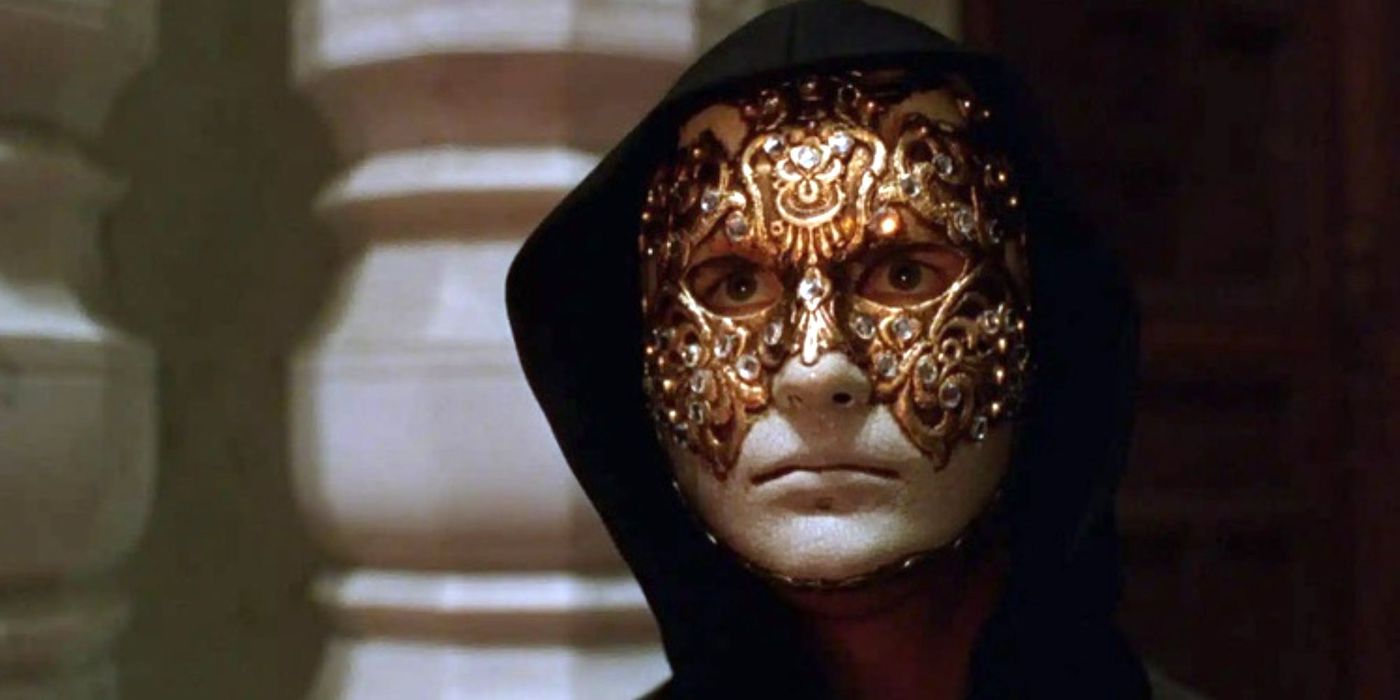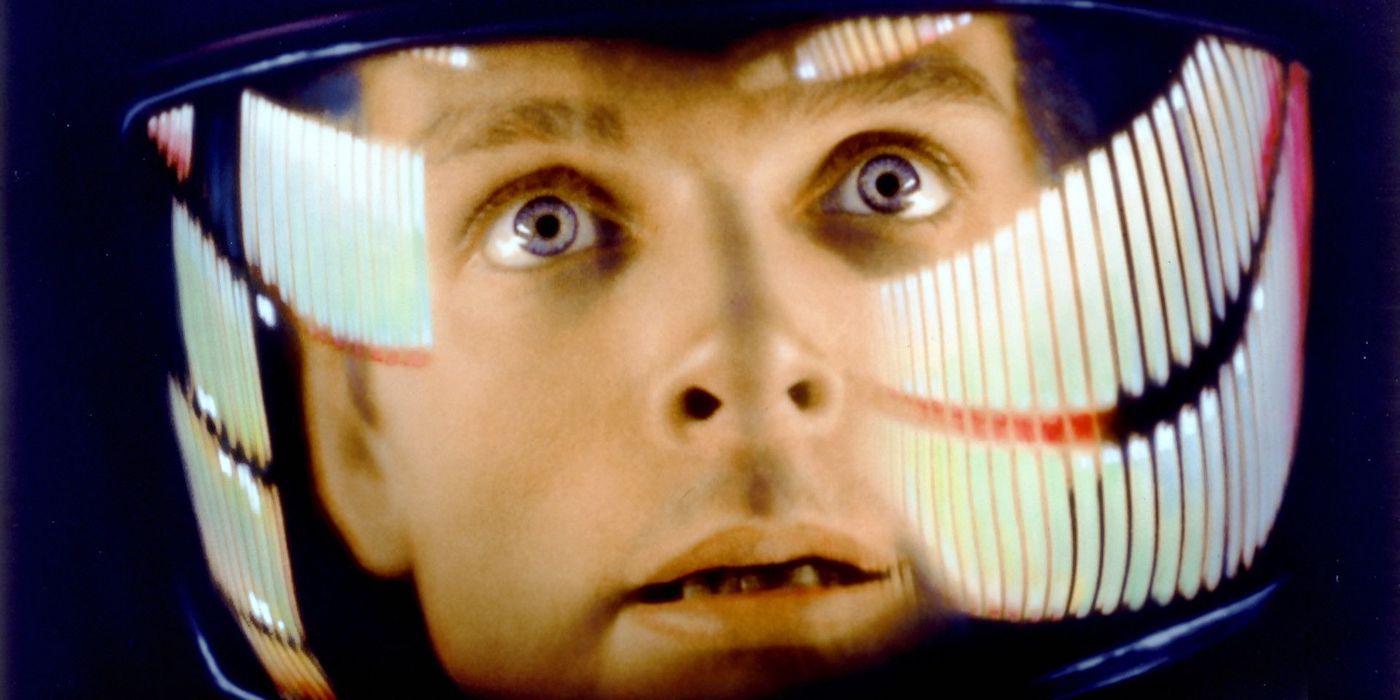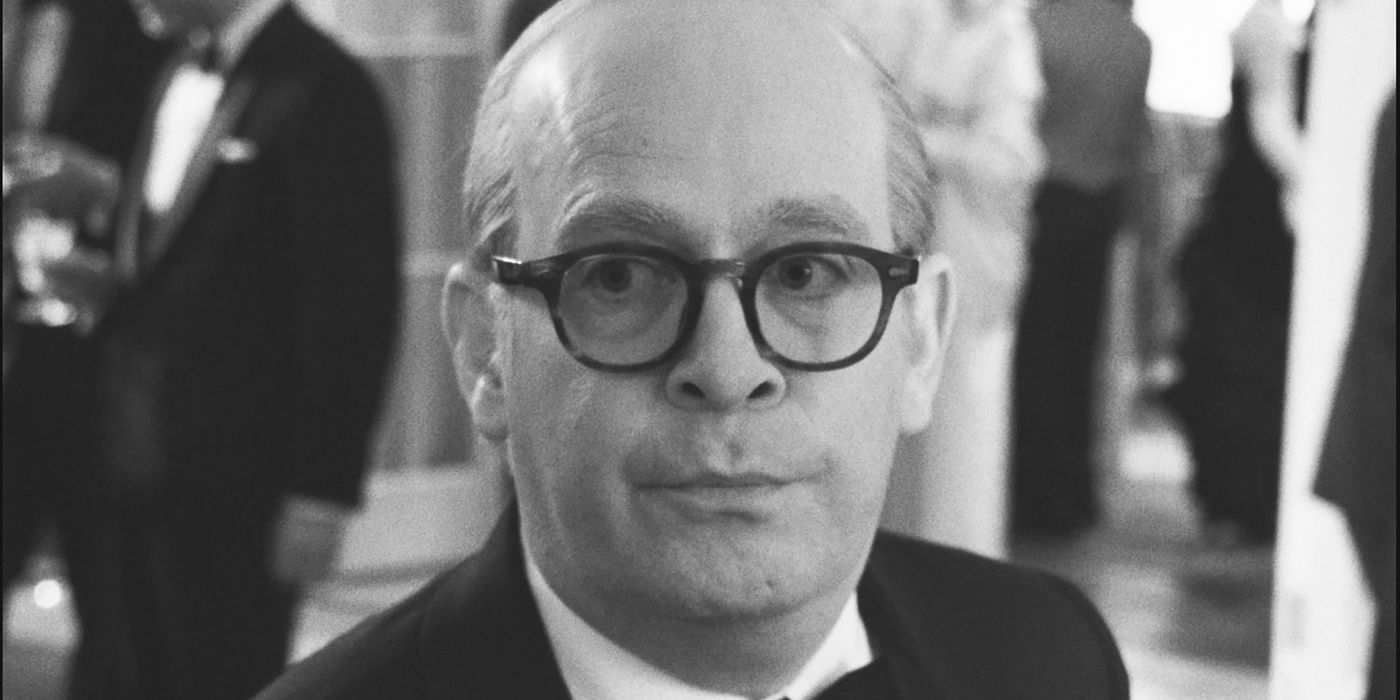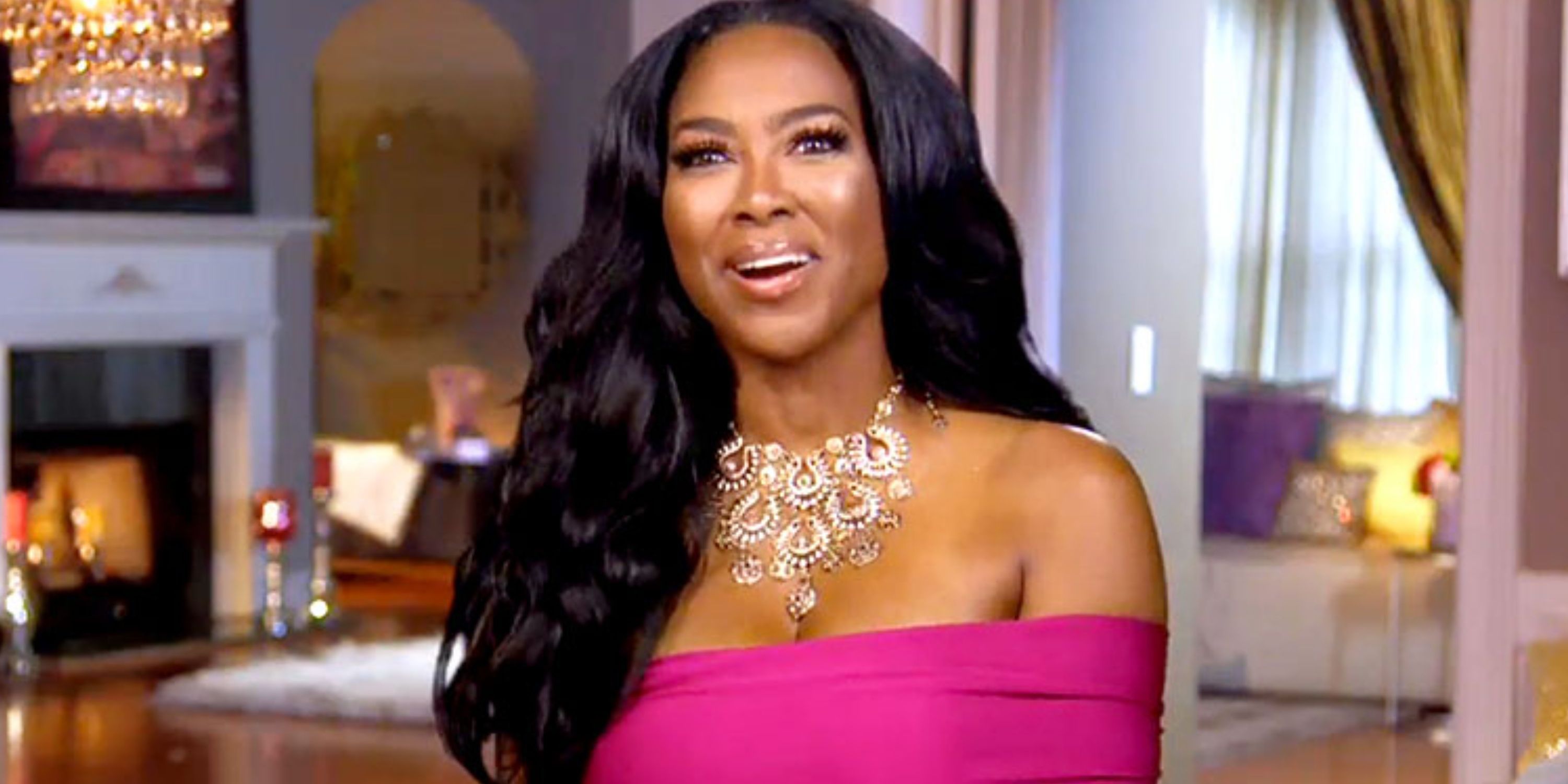The Big Picture
- Stanley Kubrick and Arthur C. Clarke had a collaboration that lasted over three decades, fueled by their shared love of technological innovation, resulting in the creation of the science fiction masterpiece, 2001: A Space Odyssey.
- The short story, The Sentinel, served as the launchpad for the film, but Kubrick took creative liberties to fill in the gaps and expand upon the themes of humankind’s encounter with something incomprehensible and the vastness of the universe.
- The collaboration between Kubrick and Clarke was a dialogue between two visionary individuals, propelling each other to push the boundaries of genre filmmaking and challenge preconceived notions of what makes a good science fiction film. Their collaboration revolutionized the genre and elevated it to high art.
Stanley Kubrick notoriously found most of the inspiration for his legendary filmography in novels. What is perhaps most striking is that the filmmaker’s most visually striking and thematically expansive film, 2001: A Space Odyssey, was adapted from a brief, eleven-page short story written by Arthur C. Clarke. Kubrick went a long way to fill in the gaps with his adaptation. He collaborated closely with Clarke to fulfill their common vision, starkly contrasting the tumultuous working relationship between Kubrick and another even more famous writer whose work he also adapted. As a result, the film follows the tone and themes of the short story much more closely than many of Kubrick’s other adaptions, and the novel similarly took much from the film and further expanded it to create three interpretations of the same story that nicely supplement each other for a more complete vision.
2001: A Space Odyssey
After uncovering a mysterious artifact buried beneath the Lunar surface, a spacecraft is sent to Jupiter to find its origins: a spacecraft manned by two men and the supercomputer HAL 9000.
- Release Date
- April 2, 1968
- Director
- Stanley Kubrick
- Cast
- Keir Dullea , Gary Lockwood , William Sylvester , Daniel Richter , Leonard Rossiter , Margaret Tyzack
- Rating
- G
- Runtime
- 141
- Studio
- Warner Bros.
- Writers
- Stanley Kubrick , Arthur C. Clarke
- Tagline
- The Ultimate Trip.
How Did Stanley Kubrick and Arthur C. Clarke’s Collaboration Begin?
According to Arthur C. Clarke via Vulture, Stanley Kubrick reached out to him in 1964, telling him that he had wanted to create a “really good” science fiction movie, a feat which at the time was quite an endeavor. Nowadays, there is a seemingly endless glut of sci-fi flicks, each more derivative than the last, but in 1964 the idea of translating many of these ideas to the big screen seemed an impossible task. As Clarke described, there was a hunger for truly visionary films that somehow broke down boundaries of space and time and gave audiences something they could only up to that point see in their dreams and imaginations. With this deep hunger to push the medium forward, these two profoundly important dreamers set out to make the definitive science fiction film.
It’s important to keep in mind that in 1964 Kubrick wasn’t the household name that he is in 2023, or even a decade after 2001: A Space Odyssey was revealed to the masses. In 1964, he had recently released his adaptation of the controversial novel Lolita, a film which Clarke admired greatly and which further excited the author to work with the burgeoning filmmaker. Upon seeing Dr. Strangelove for the first time, Clarke stated that his excitement only grew, as he felt that perhaps Kubrick could make an honest-to-God great science fiction film.
In the same interview, Clarke details many of Kubrick’s well-documented idiosyncrasies and his seemingly insatiable thirst for knowledge. His love of technology and its constant evolution served as fertile ground for the two to envision their film. Clarke suggested that they use his short story The Sentinel as a jumping-off point. Kubrick was fascinated with all things futurism and space, and, of course, science fiction. The two men bonded over a shared love of the genre, but Kubrick was highly critical of the many contemporary sci-fi films that Clarke introduced him to and believed that they could achieve something much more grandiose and transcendent.
How Is ‘The Sentinel’ Different from ‘2001: A Space Odyssey’?
The plot of The Sentinel is much more straightforward than that of 2001: A Space Odyssey. As has been endlessly pointed out, 2001: A Space Odyssey traverses many traditional aspects of narrative and in return seeks to communicate ideas purely with visuals. There is little explanation as to what is happening on screen so the viewer feels just as lost and in awe of the monolith as the astronauts in the film.
In stark contrast to the film, however, The Sentinel still maintains an air of mystery but largely tries to explain the origin and function of the monolith. The themes of both the film and the short story revolve around humankind coming into contact with something completely incomprehensible and completely impenetrable, even to those brave and smart enough to reach it. Both 2001: A Space Odyssey and The Sentinel tackle the edges of what is achievable by human innovation, and how truly insignificant our planet is on a cosmic scale. Both Clarke and Kubrick wanted to express the sheer bigness of this beautiful and terrifying universe we find ourselves in.
One interesting thing to note about the influence that The Sentinel had on the final film is Clarke’s ultimate denial that 2001 is in fact a proper adaptation of his short story. Clarke maintained that to say that Kubrick’s film was based on The Sentinel is deeply inaccurate, going so far as to say that The Sentinel has “about as much relation to the movie as an acorn to the resultant full-grown oak”. Despite his comments, “The Sentinel” will always be the launchpad for the greatest science fiction film of all time, and for what was an extremely fruitful creative partnership.
How Did Stanely Kubrick and Arthur C. Clarke Inspire Each Other?
Stanley Kubrick and Arthur C. Clarke remained good friends until Kubrick died in 1999, a friendship and collaboration that lasted over three decades. While they unfortunately never had the opportunity to bring any of their other ideas to life, the two seemed to have a stimulating relationship that was built on a shared love of technological innovation. Of Kubrick, Clarke stated that in Vulture that, “he would have made a good scientist; he insists on knowing how everything works and grasps new ideas, however complex, almost instantly.”

Making Stanley Kubrick’s ‘Eyes Wide Shut’ Was a Real-Life Nightmare
Of all Stanley Kubrick’s difficult productions, his last film was the most difficult to make.
There has been more light shed on the fact that 2001: A Space Odyssey was very much a collaborative process from the very beginning. A mutual friend introduced the two men, and Clarke was as much an author of the film as Kubrick. Kubrick did what a good director does: he communicated his ideas and delegated to those who knew best. In this instance, he was wise to open the filmmaking process up to Clarke, who was integral in developing not only the ideas of 2001 but its very essence. The power of 2001: A Space Odyssey is very much a dialogue between two of the most forward-thinking individuals of the 20th century. They propelled each other in ways that are only possible with very select collaborations.
Without hyperbole, Kubrick and Clarke were to each other in the creation of a science fiction masterpiece what McCartney and Lennon were to each other in reinventing pop music for the second half of the twentieth century and beyond. They helped to make sure that all preconceived notions of what makes a good science fiction film were completely upended to make way for a higher caliber of genre filmmaking. Kubrick and Clarke made sure to make it clear that genre films don’t have to be synonymous with B-movies but can reach high art if desired.
2001: A Space Odyssey is available to stream on Max in the U.S.
Watch on Max




